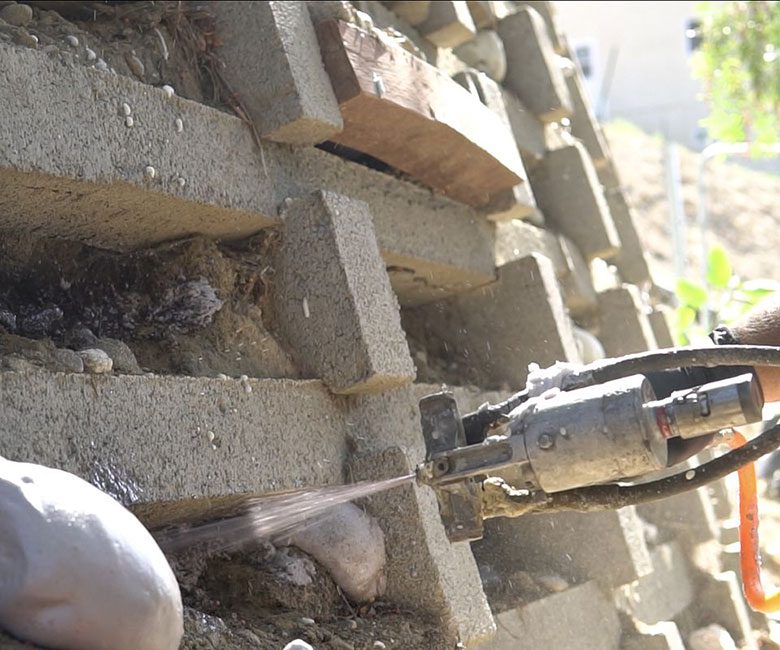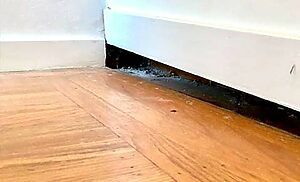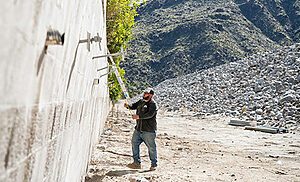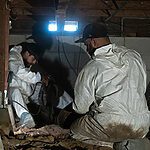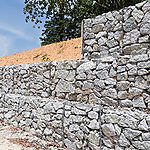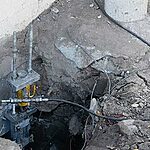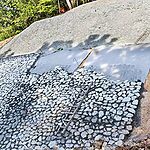All things need support and that goes for your concrete slab as well. An unsupported slab can cause large scale problems down the road. Concrete, unless it is designed to be unsupported, needs to have a constant contact with the soil below it to keep it’s structural integrity in tack. Even after a home is lifted, you will need to have the newly formed “hollow” space between the bottom of the slab and the soil filled. We utilize polyurethane foam injections to do just this. On top of filling the voids and supporting the slab, we can also lift any areas that may have a deflection or a sag in the concrete slab.
This void filling can be done utilizing polyurethane or a mud grout mixture. The reason that we utilize a polyurethane material is that it doesn’t add a massive amount of weight to the soils. The less weight on the soils, the less chance your slab will experience movement in the future.
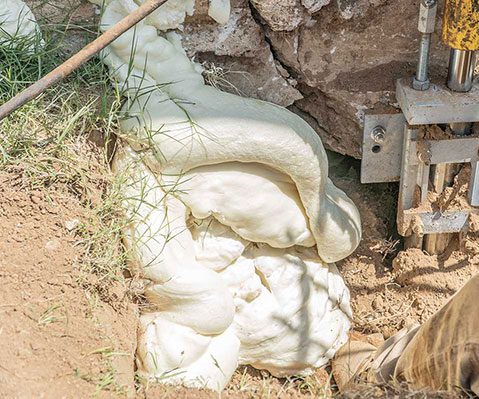
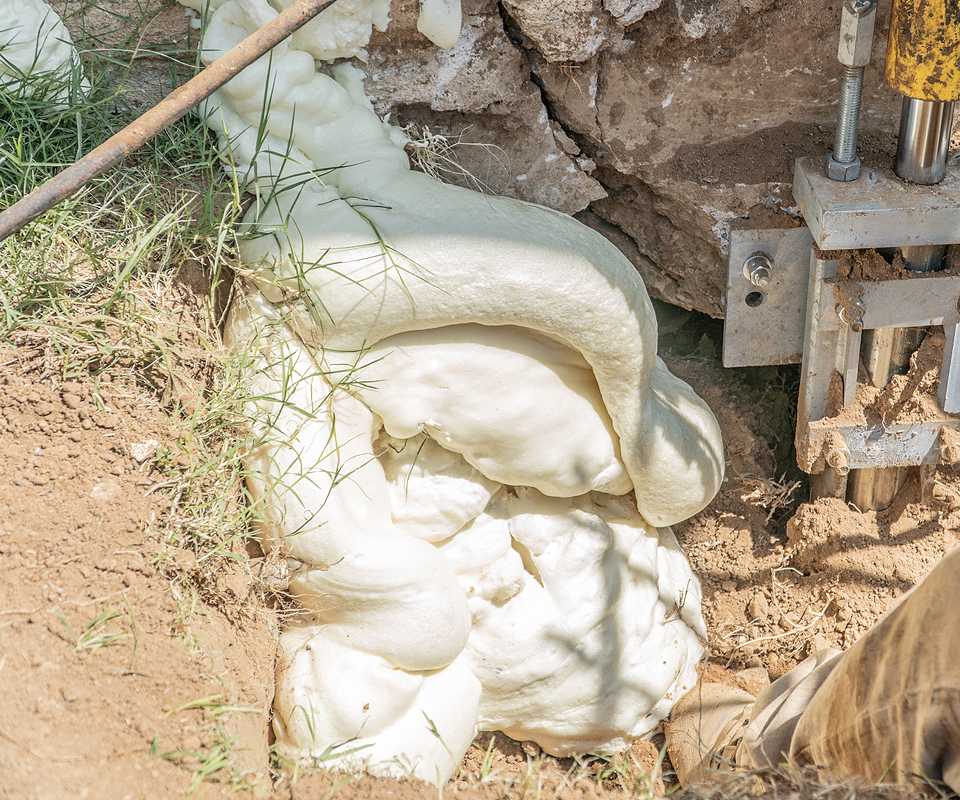
Why, When, and How
Learning the reasoning behind the Why, When, and How we do things or services are suggested will allow you to make a rational educated decision during any service that is offered by Dalinghaus Construction. We believe in having the most educated customers in the industry.
Why
As we have stated above, the Why behind doing polyurethane void filling is to provide a continuous support system for the existing concrete slab. Not supporting the slab in a continuous manner will result in added stresses to the slab that can result in cracking or total slab failure.
When
Concrete should always be supported universally, unless they are designed and constructed to not be. Some of the most common times of when a slab needs to be supported are: After a foundation lift has been completed, If a void has been created under the slab by a water leak or the soil being compromised, If the concrete is showing signs of failure or sagging.
How
Utilizing a specialized polyurethane rig that includes a customer pump, gun, and material we can quickly and effectively fill voids under existing concrete slabs. We begin by drilling a small hole through the slab, about the size of a Nickel. We then place an injection port into the newly drilled hole. Once the gun has been attached to the port, we begin the inject that polyurethane through the slab to the underside void. The material is pumped until the void has been successfully filled and the slab has been re-supported. The port is removed and the process is repeated until all voids have been filled. Once the void is filled we remove all ports and grout fill the drilled holes.
Drywall Cracks
Cracks in drywall throughout the house are one of the most common signs of foundation problems. Typical drywall cracks will appear around door frames and windows, in the ceiling, in corners, and along the wall. Drywall tape can be a good indicator, especially if it’s ripping or coming loose. Drywall cracks can also be a sign of sinking crawl space supports, sinking floors, or heaving floors.

